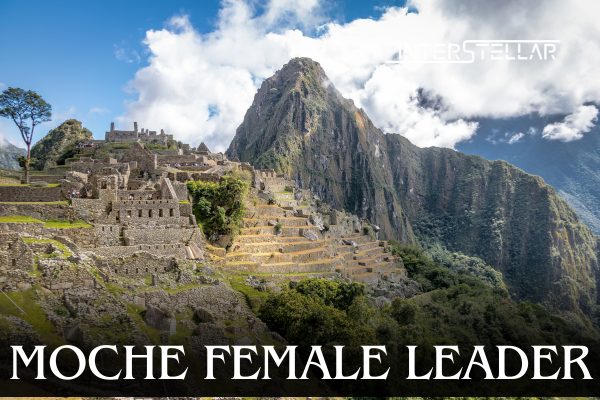Evidence of Female Leadership Discovered in Peru’s Ancient Moche Culture
Archaeologists in Peru have unearthed remarkable findings at the Panamarca site that suggest a woman may have ruled in the ancient Moche culture over 1,300 years ago. The evidence includes a stone throne and unique murals depicting a powerful woman, providing insights into the possible role of female leaders during this period.
Mural Depictions Indicate Female Authority
The murals, discovered in a pillared throne room at Panamarca, show a woman intertwined with sea creatures and crescent moon motifs. These images suggest that the space may have been used by a female ruler. The room also features scenes of the woman sitting on a throne and receiving visitors.
Jessica Ortiz, research director of the Panamarca project, stated that the nature of the murals “could indicate it was a woman who used the space, possibly a ruler.” The presence of human hair and wear on the stone further supports the notion that the throne was used regularly.
Archaeologist Jose Ochatoma highlighted the significance of these findings, noting that “there is not a surface in this area that is bare. Everything is painted and finely decorated with mythological scenes and characters.” He likened the murals to the intricate frescoes of the Vatican’s Sistine Chapel, calling the site “a place where they captured scenes belonging to the Moche ideology.”
Discoveries at Panamarca: Throne Room and Chamber of the Braided Serpents
The throne room, believed to date back to the 7th century AD, was discovered alongside a nearby chamber overlooking a square. This chamber, dubbed the Chamber of the Braided Serpents, is adorned with a mural featuring a figure with legs intertwined with serpents—a motif not previously seen in pre-Hispanic art.
Other murals in the chamber portray warriors, anthropomorphized weapons, and a monster chasing a man, adding new layers to the understanding of Moche iconography. Ochatoma noted, “We are discovering an iconography that has not been seen before in the pre-Hispanic world.”
Context of the Moche Culture and Panamarca Site
The Moche culture thrived in the coastal valleys of northwestern Peru between the 1st and 8th centuries AD. Known for their advanced ceramics, metallurgy, and impressive architectural achievements, the Moche were a pre-Inca civilisation that held significant influence over the region.
The Panamarca archaeological site, located over 400 km (250 miles) north of Lima, has long been recognised for its vibrant murals. These new discoveries further enhance its reputation as a key site for understanding ancient Andean societies.


